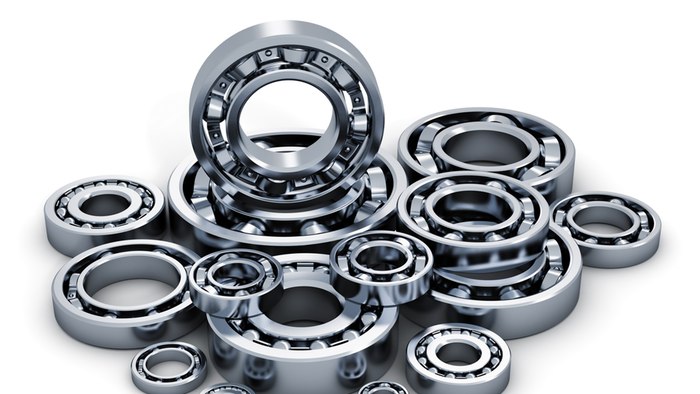5 Factors To Consider While Selecting A Ball Bearing

Bearings play a pivotal role in the functioning of any machine. They have an important application that can not be replaced with any other machine part. Because of this reason, for making a compact system, we need bearings that are small in size.
Miniature bearings, also called the instrument bearings are bearings of very small size. They are designed to carry moderate radial and thrust loads at low and medium operating speeds. These are not limited to ball bearings, one can find a wide range of bearings, each different applications in different industries.
Radial Bearings, also known as ball bearings are used in a variety of products and applications from hard drives to skateboards. These bearings are designed to handle both thrust and radial loads and are usually found in applications with smaller loads. Radial bearing is a device used to enable linear or rotational movement, while reducing friction and handling stress. These bearings resemble wheels and enable the devices to roll, which reduces the friction between the surface of the bearing and the surface it’s rolling over.
There are many factors that play a vital role in determining which one of these bearings must be used. These factors are the ring material, design, cage, ABEC grade, radial play, shield and seals, and lubricant. They also come in many configurations. Shields are used in bearings to prevent contamination of the critical surfaces inside the bearing. Seals find their application in places where light contact is offered. These seals not just protect from contamination, but also increases the torque and limit operating speeds.
One of the most important of considerations in choosing the type of bearing includes the compatibility of cage and shield design according to the desired clearance. The cage is the mechanical element that separates and balls and gives them a fixed position. The selection of bearing cage is done keeping in mind the required speed, load and temperature range in which the shaft to which it will be fitted, will be working.
There are many features that cannot be compromised when you need a bearing. These bearings are available in flanged as well as unflanged designs. The other features that are required may include smooth working in hostile environments (such as in a high vacuum), high precision. Some of these bearings also come with hybrid options that have ceramic balls that have a very high life cycle. Operating speed is also a very important consideration as they are generally medium to low starting speed bearings. These features are very important to be taken into consideration as these impact the life of the bearing to a great extent.
ABEC or the Annular Bearing Engineering Committee of the American Bearing Manufacturers Association (ABMA) is a widely accepted tolerance standards in bearing industries. There are seven classes in ABEC scale that is 1, 3, 5, 7, 9, 11 and 13 that are in the order of largest to smallest tolerances. The higher ABEC class provide better precision but does not necessarily means that it will allow greater operating speeds to the bearing. When choosing an ABEC grade, the factors that need to be kept in mind are radial and axial run-out requirement, bore and outer diameter fits and even the audible noise levels. For the most applications ABEC grades 3 and 7 are preferred, and for ABEC grades that are higher than 5, race geometry and race finish are superior. These are generally recommended for applications where precision assemblies, low noise, minimal run-out and higher life cycle is a prerequisite.
The decision on the selection of lubricant type is generally done considering the operating speeds and the loads the bearing has to bear. Sometimes, the working environment is also considered for selection of lubricant. Tribology of the bearing is important to understand which lubricant is needed.
After deciding on the design and performance requirements carefully, sometimes you need to alter some other designs too. It is important to have a well-drafted design of the machine in order to be sure of the part number that you want to order.
